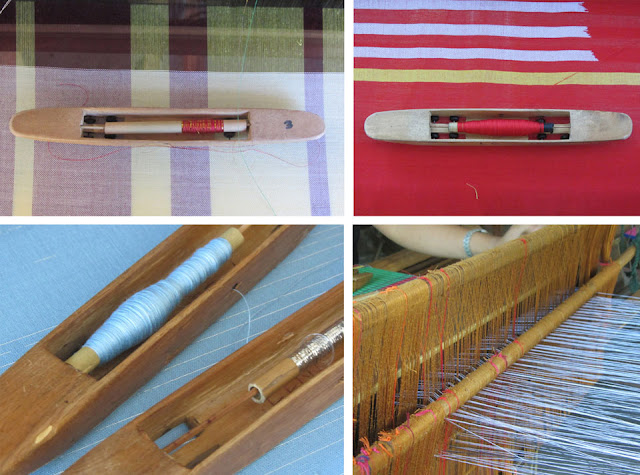Bahay kubo-inspired houses more flood-resistant
With some urban areas in the Philippines becoming more flood-prone, an architect suggests that it’s time to consider building a house on stilts and such inspiration can come from the bahay kubo.
“The owner of the house and its designer should follow the principle of the bahay kubo,” said architect Jomari Moleta.
A bahay kubo, which is perfect for a tropical country like the Philippines, is elevated and the space between the ground and the floor of the house can either be empty or used for storage of things that are not of daily use.
 |
“However, houses in urban areas should use durable materials like concrete. The stilts’ structural elements should be rooted. Check the highest water level in the area and take off from there. Base your height from there,” he added.
With the Philippines being visited by an average of 20 storms a year, Moleta said that the Mediterranean or European-designed houses which carry designs ideal for winter may have problems during the rainy season.
“In our country, the roof of our house should have a 30-degree angle slope so that when it rains, it won’t store water. If it’s less than 30 degrees, it will retain water and it will rust fast,” he explained.
Moleta advised that the canopy or eaves should be one meter so that neither the rain nor the sun will easily penetrate the house. “Unlike European houses where their eaves are small because it snows there,” he said.
For windows, he suggested having them face northeast and southwest to ensure ventilation all year round. One example is the Sharman house built by Moleta in Zarraga wherein the family enjoys ample wind coming through their windows even during summer.
He also advised checking the roof for leaks to ensure comfortable and dry living inside the house amid the rains.
“Also, as much as possible, avoid inside gutters. This happens when homeowners tend to maximize their space by sticking the roof to the wall. So, when rains come, water enters the house,” he said.
He also advised homeowners to practice rainwater harvesting. “It floods in our country but we don’t have enough water,” he joked.
“Rainwater harvesting is important. Prepare a container and place it on an elevated area of the house so that the flood will not reach it. So, when it rains, you’ll have rainwater stored which you can use for washing. Just put a filter at the mouth of the container to make the water clean,” he added.
Meanwhile, he said that real estate developers should not put up subdivisions in areas that are prone to flooding.
“Before, the market is so open that they just built wherever they want and profited from this without thinking of its effects. So, this is what happened to us,” he said, referring to flooding in some residential areas.
“People want convenience in buying their houses. They look for economical ones without thinking about the site’s history. Some don’t realize that the house that they bought stands on a river.
Remember that nature will take its course. So, no matter how hard you alter nature, it will go back to its original space,” he warned.
“If you are wise, check the site’s history. If it has a history of flooding, for sure, it will happen again especially if the place is near a creek or a river,” he said.
Moleta said that according to the National Building Code, there should be a 30-meter easement if the residential area is near the river or creek. “But check the bend, too. If your house is on its path, the flood will swallow it,” he warned.
“But, if you have no choice and if you’re already on the area, adopt a certain design, use the type of materials and implement preventive measures to protect you from flooding. And most of all, store food,” he concluded./




